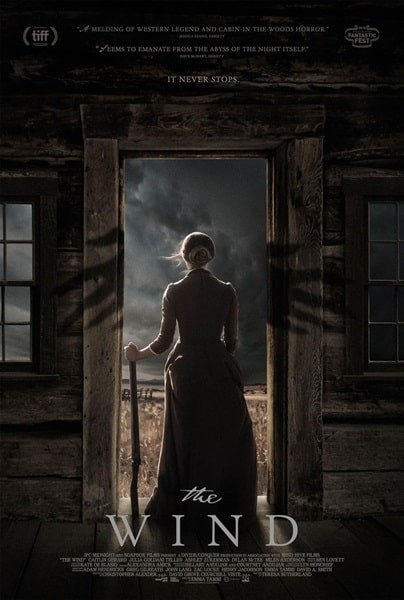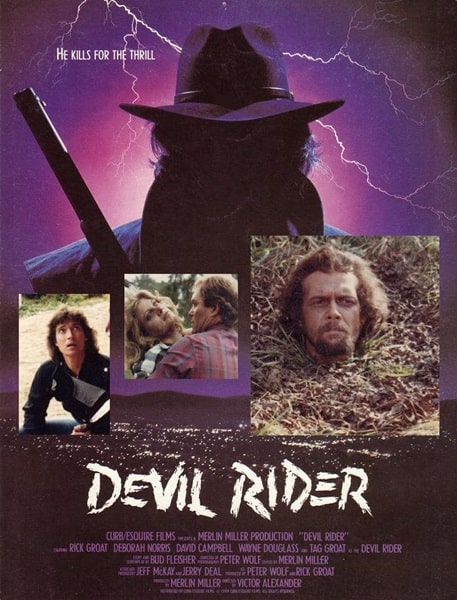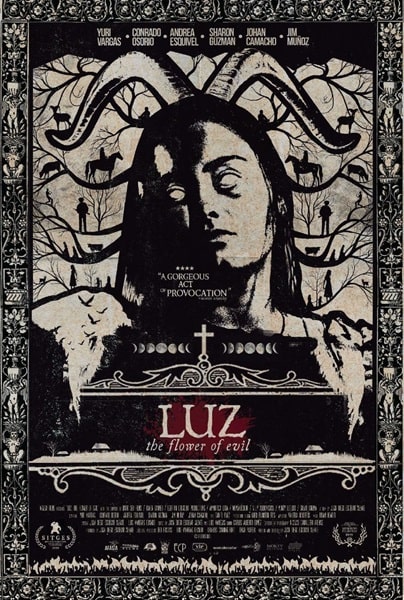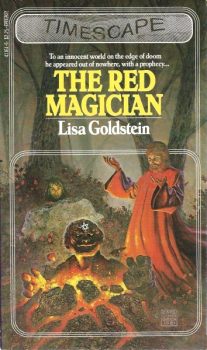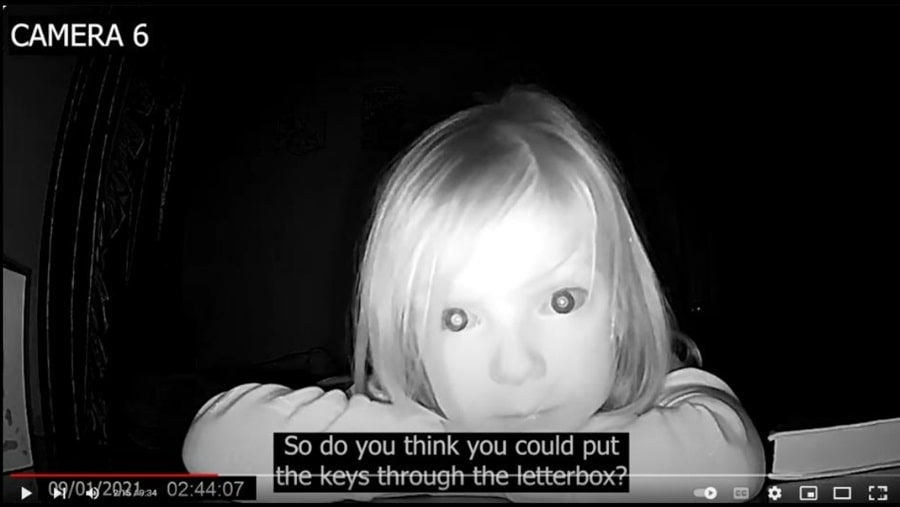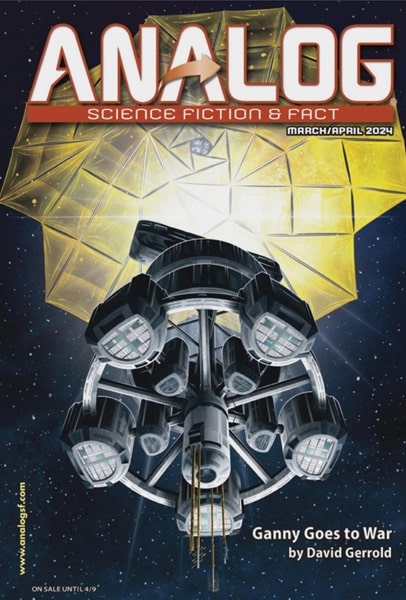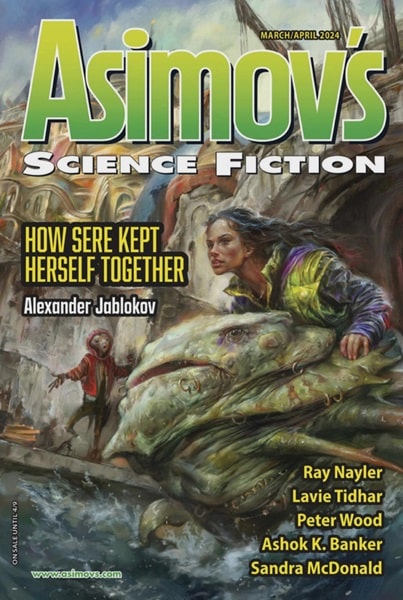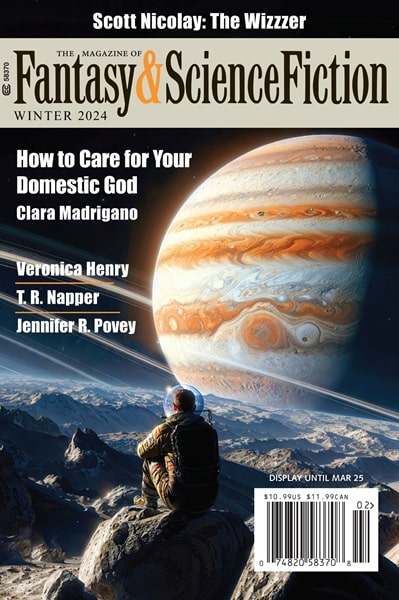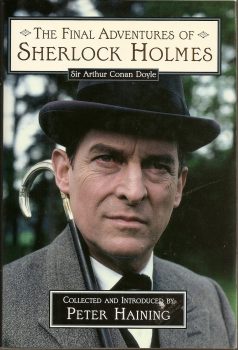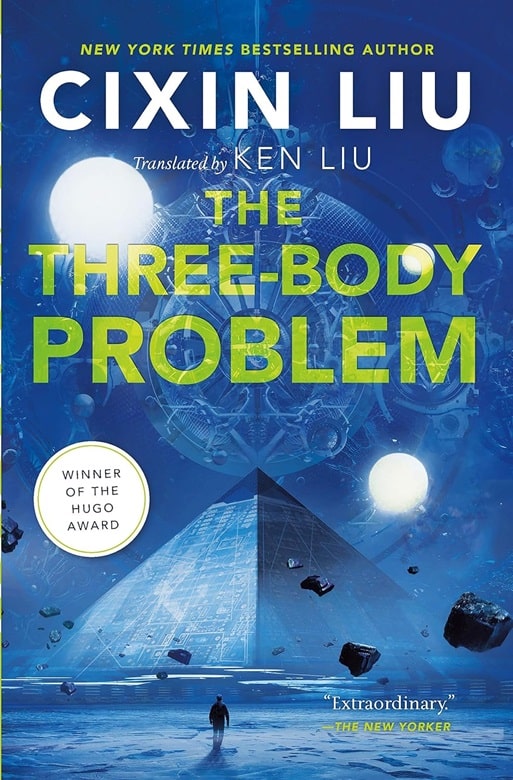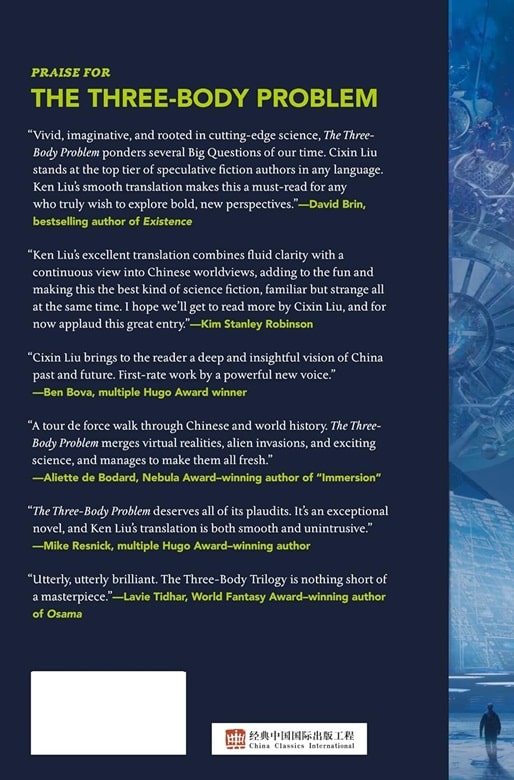The Content Warning Debate
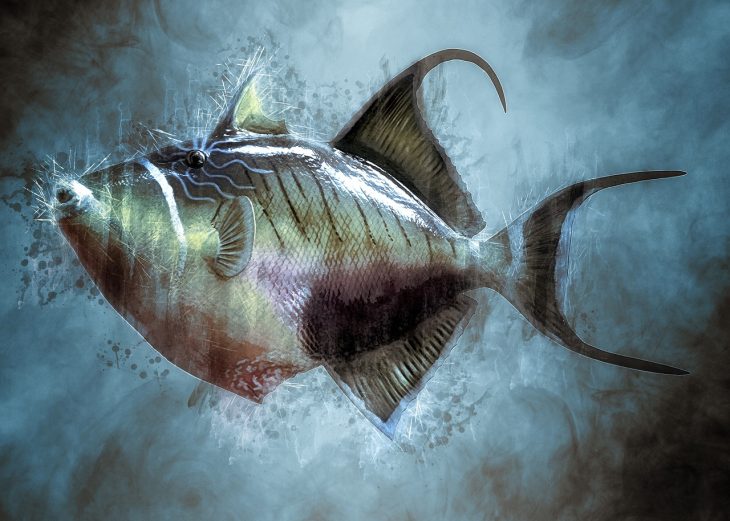
Good afterevenmorn!
In an effort to try and get myself “out there,” so to speak, and figure out what marketing tricks I can use that don’t feel horrendously icky to me in order to try and inch towards making a living from my writing, I spend a lot of time on TikTok. I sometimes attempt to get my books out there, but those videos never get any views. When I’m just fooling around with the various filters they have, I often get far more views; in the hundreds or thousands. I don’t understand it. I don’t understand the algorithm, or how to take advantage of it. I am terrible at marketing. Still, I try. And I’ll keep trying. Maybe I’ll have it work out randomly. Mostly, I just waste hours of my life scrolling through my feed, which currently consists of international news, Hozier (I watched two videos and TikTok has decided I’m obsessed), and a lot of book content. As is usually the case in BookTok, there is a debate raging right now regarding content/trigger warning appearing at the front of the book.
It’s quite an interesting debate.

